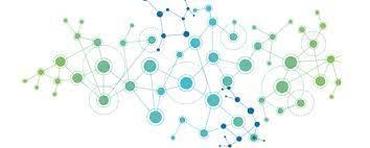At its Graph + AI event, TigerGraph announced several logical extensions to its portfolio. The headline was addition of Google Cloud for TigerGraph’s managed cloud service. it’s an announcement we’ve been expecting for some time, given its existing support for AWS and Azure. And TigerGraph has added more connectors to the data warehousing and BI ecosystem.
With the addition of Google Cloud, TigerGraph is the only graph database-as-a-service that provides a choice of all three major public clouds. By contrast, Neo4J Aura Cloud is only available on Google Cloud. Because it’s built on Kubernetes, TigerGraph can offer the same experience on each of the public clouds.
There are now more links with the BI and data warehousing world. TigerGraph has added support for the Snowflake REST API, meaning that customers can extract data from Snowflake and funnel it into the TigerGraph cloud service. This is not a formal partnership per se, as TigerGraph has written the connection to Snowflake’s published API.
What’s interesting is that the TigerGraph Snowflake connector – where data is moved out of Snowflake and into TigerGraph – differs from Snowflake’s preferred script. through Snowpark, Snowflake is encouraging data scientists to crack open their own Jupyter notebooks, write their models in python or other language of choice, and then run those models inside Snowflake. The complexity of graph, however, would cause that model to hit the wall. TigerGraph could conceivably run the opposite direction and use Snowpark to superimpose a graph view of data inside Snowflake, but that would hit the wall after a few hops. Because TigerGraph specializes in supporting complex, distributed graph compute problems that involve three – or more – hops, using its own engine is the better model for the turf it targets.
The BI connectors are part of TigerGraph’s strategy to make access to graph analytics universal. The new drivers to both Tableau and Power BI enable business analysts accustomed to the low code/no code self-service analytics of their world to mine TigerGraph for questions driven by complex interrelationships. So, instead of simply querying which market segment had the most sales during a given time period, they could additionally look for the influence of social relationships or other external events that could color historical buying patterns.
At the other end of the scale, existing support for Spark, Amazon SageMaker, and developer aids like PyTigerGraph (a Python package that connects to TigerGraph), will allow data scientists to develop predictive models. It also offers a selection of prebuilt algorithms for fraud detection, cybersecurity, and recommendation engines.
Support for Google Cloud and the new Tableau and Power BI drivers are available now.



